


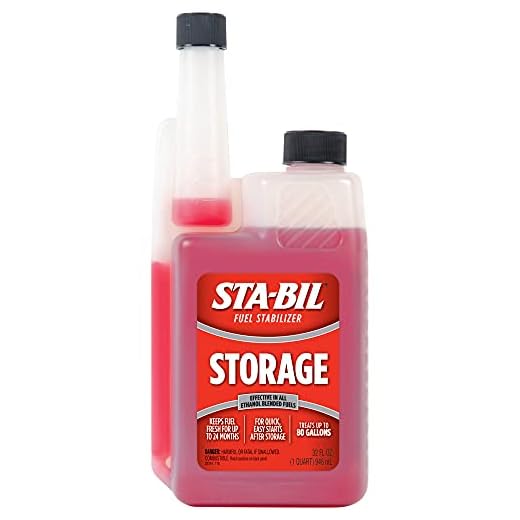
Drain all water from the machine’s components to prevent freezing. Start by turning off the unit and disconnecting the water supply. Pull the trigger on the gun to release any remaining pressure, then remove any hoses. Allow water to flow out completely before calling it a day.
Next, apply antifreeze suited for cleaning machines. Use a non-toxic, biodegradable product to ensure no harm to the environment. Pour a small amount into the tank and activate the engine briefly to circulate the antifreeze through the pump and internal parts.
Check the oil level and change it if necessary. Cold temperatures can thicken oil, impacting performance. Use the lubricant recommended by the manufacturer to ensure optimal operation during colder months.
Finally, store the unit in a warm, dry place. This keeps components safe from harsh winter conditions and helps maintain its longevity. Keeping the machine covered or in a garage can shield it from extreme temperatures and moisture.
Steps for Preparing Your High-Pressure Cleaning Unit for Cold Weather
First, disconnect the equipment from the power source and water supply. This prevents accidental starts or leaks while you perform maintenance.
Drain all water from the unit and hoses. A thorough emptying is essential to prevent ice formation. Tilt the machine forward while removing the drain plugs, ensuring no water remains inside.
Next, clean the inlet filter and spray gun. Debris can block the system when it starts up again. Use a soft brush or compressed air to clear any obstructions.
Add a suitable antifreeze solution to the cleaning system. Consult the manufacturer’s guidelines for the recommended type, ensuring it’s safe for your unit. This helps protect internal components from freezing damage.
Store your device in a dry place, away from extreme temperatures. A temperature-controlled environment is ideal to maintain its integrity throughout the cold months.
Lastly, inspect and lubricate the seals and fittings. A light coating of silicone grease will help maintain their flexibility and prevent cracking. This simple step prolongs the life of crucial components.
Drain All Water from the System
Remove all water from the components to prevent damage from freezing temperatures. Follow these steps for thorough drainage:
- Turn off the machine and disconnect it from the power source.
- Detach the garden hose from the water inlet.
- Locate the drain valve and open it. This allows any remaining water in the pump to escape.
- Run the unit briefly while the drain valve is open. This ensures that any trapped water in the hoses and pump is expelled.
- After draining, close the drain valve.
- Remove the spray gun and wand from the unit. This helps in draining any water trapped in these parts.
- Shake out the wand and spray gun, and aim them downwards to expel any residual water.
Inspect any additional accessories, such as nozzles and extensions, to ensure they are also free of moisture. Store these components in a dry place.
Use Pump Saver for Protection
Incorporating a pump saver into your maintenance routine ensures maximum protection for your equipment during the colder months. This specialised formula keeps internal components lubricated and prevents freeze damage by displacing any residual water. Pour the recommended amount directly into the inlet and let the system run briefly to distribute it throughout.
I recommend choosing a product specifically designed for your type of machinery, as this can enhance the longevity of seals and other vital parts. Ensure to check the manufacturer’s instructions for precise application amounts and procedures. After using the pump saver, remember to run the machine for a few moments to ensure proper circulation of the solution.
Utilising a pump saver not only safeguards against freezing but also maintains operational efficiency for when you’re ready to use the equipment again. This proactive step minimises the chance of costly repairs and keeps your investment in peak condition.
Disconnect and Store Hoses Properly
First, detach all hoses from the unit to prevent any potential damage during the colder months. Ensure that both the high-pressure hose and the intake hose are removed. Check each hose for any signs of wear or damage; if any issues are spotted, replace the hoses before storage.
After disconnection, drain any remaining water from the hoses completely. It’s best to elevate the hoses and allow gravity to assist in the drainage process. Store them in a dry place, preferably coiled neatly to avoid kinks or bends that could lead to future malfunction.
To protect the hoses, consider using a hose reel or storage container. This not only keeps them safe but also prevents exposure to harsh elements that can cause deterioration. If you expect temperatures to drop significantly, wrap them with insulation materials to provide an extra layer of safeguarding.
Finally, label the hoses if necessary, especially if you have multiple types or lengths. Clear identification aids in quick setup and reduces the risk of confusion when preparing for the next season of use.
Remove and Clean the Spray Nozzles
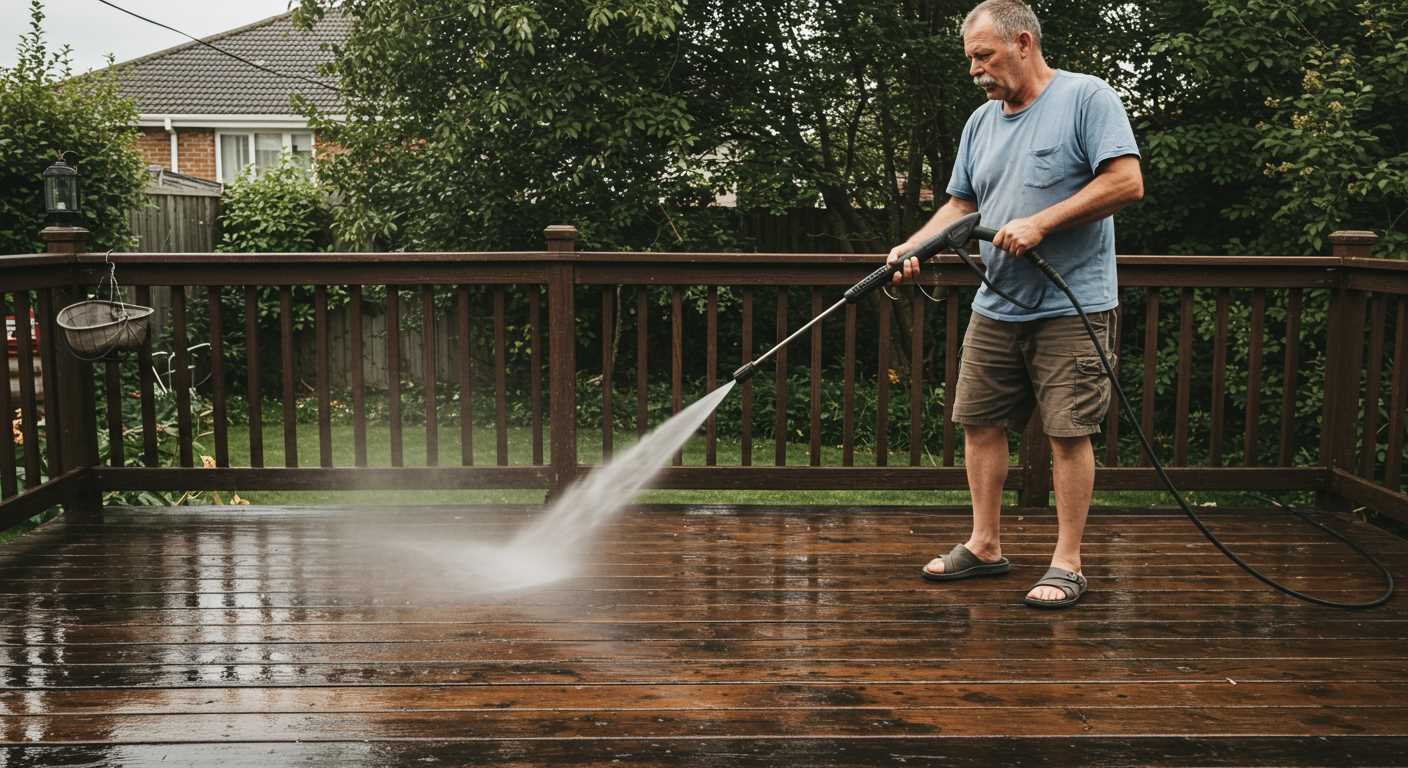
Detach the spray nozzles from the wand. This process is usually straightforward; ensure you follow the manufacturer’s instructions if available. Using a ¼-inch wrench or by hand, loosen the nozzle and carefully pull it off.
Next, inspect each nozzle for clogs or debris. Even a tiny blockage can impact your equipment’s performance. Use the following cleaning methods:
- Soak the nozzles in warm, soapy water for about 15 to 20 minutes. This helps dissolve any build-up.
- Use a soft-bristled toothbrush or a small wire brush to gently scrub away grime or deposits. Avoid any harsh or sharp tools that could damage the nozzles.
- For stubborn clogs, gently use a pin or a very fine needle to clear the opening. Be cautious not to create more damage during this process.
After cleaning, rinse each nozzle thoroughly with fresh water to remove any residual soap and debris. Allow them to dry completely before reattaching them to the wand. Moisture can lead to corrosion or damage during the off-season.
Reattach the nozzles securely, ensuring proper alignment for optimal functionality when you resume using your equipment. A well-maintained nozzle will ensure consistent pressure and effective cleaning results.
Inspect and Maintain Fuel Components

Shut off the fuel valve and inspect the fuel lines for cracks or leaks. Replace any damaged sections to prevent fuel loss and ensure optimal performance. Use a fuel stabiliser to protect against gumming and corrosion during periods of disuse. This additive helps keep the fuel fresh and can prolong the lifespan of the internal components.
Remove the fuel filter and check for debris or clogs. Clean or replace it as necessary to maintain a steady flow of fuel to the engine. This step is crucial for preventing performance issues down the line.
Examine the fuel tank for any rust or sediment accumulation. Thoroughly clean the tank as required, ensuring no residue remains that could interfere with fuel delivery. A clean fuel system is vital for reliable operation.
Drain any remaining fuel from the system if it’s been sitting for an extended time. This prevents the formation of varnish that can clog fuel lines and injectors. After draining, run the engine briefly to consume any residual fuel from the carburettor.
Make a note to check the fuel components periodically, as regular maintenance extends the life of the machinery and keeps it functioning efficiently.
Store the Equipment in a Suitable Location
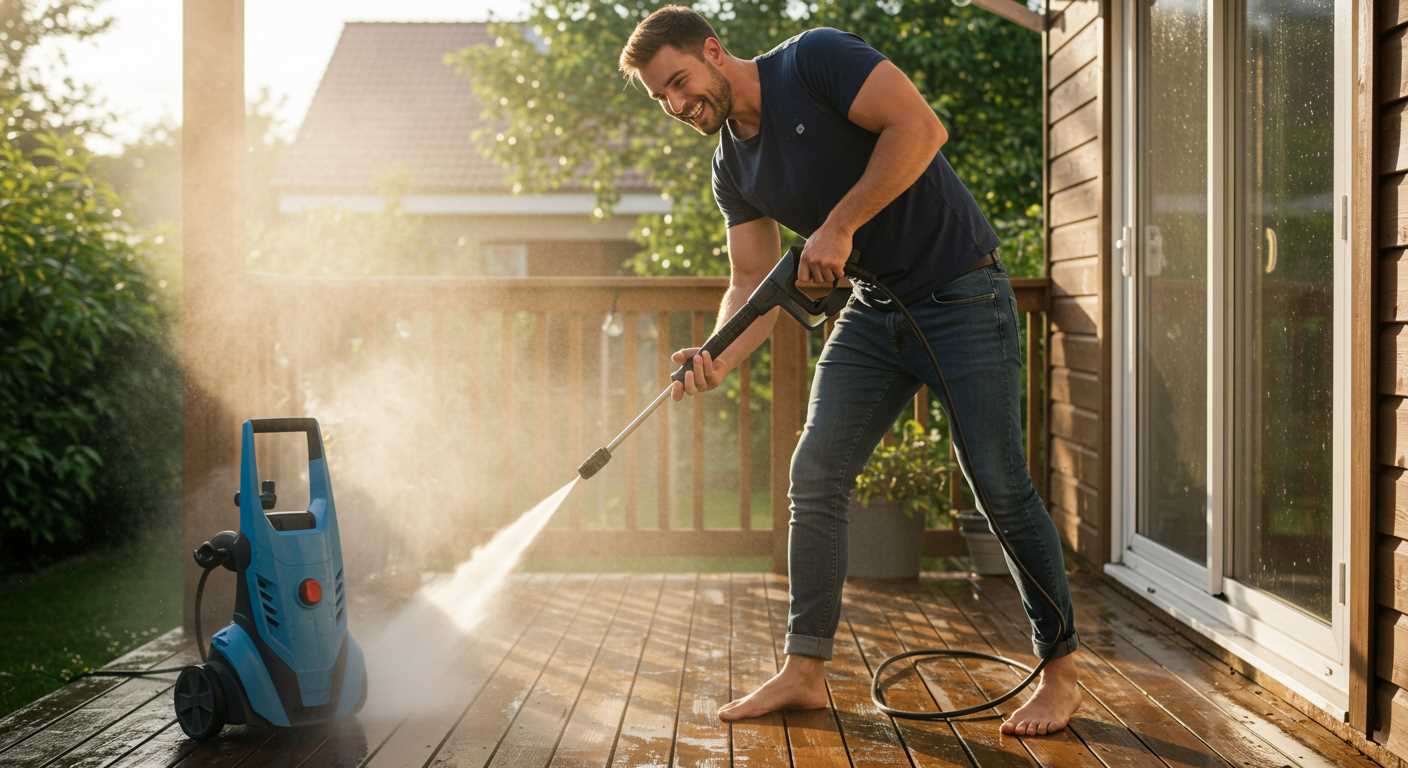
Choose a dry, temperature-controlled area for storing your machinery. A garage or basement is ideal, as these spaces protect against extreme cold and prevent moisture accumulation. Avoid damp areas that can promote rust and corrosion.
Recommended Storage Conditions
Ensure the environment is clean and free from debris. Ideally, maintain a temperature above freezing to avoid potential damage. If storing outdoors is unavoidable, invest in a weather-resistant cover to shield it from rain and snow.
| Storage Location | Temperature | Humidity Level |
|---|---|---|
| Garage | Above freezing (0°C) | Low |
| Basement | Above freezing (0°C) | Moderate |
| Outdoor (with cover) | Above freezing (0°C) | Low to Moderate |
Arrange the units on a sturdy shelf or platform to keep them off the ground. This reduces the risk of moisture-related damage and allows for better airflow. Consider placing silica gel packets around the area to further absorb any excess humidity.
Final Precautions
Before storage, check for any leaks in the system that could worsen over time. If storing for an extended period, it’s wise to operate the machinery occasionally to keep the components moving and functioning properly.
Check for Any Required Repairs Before Spring
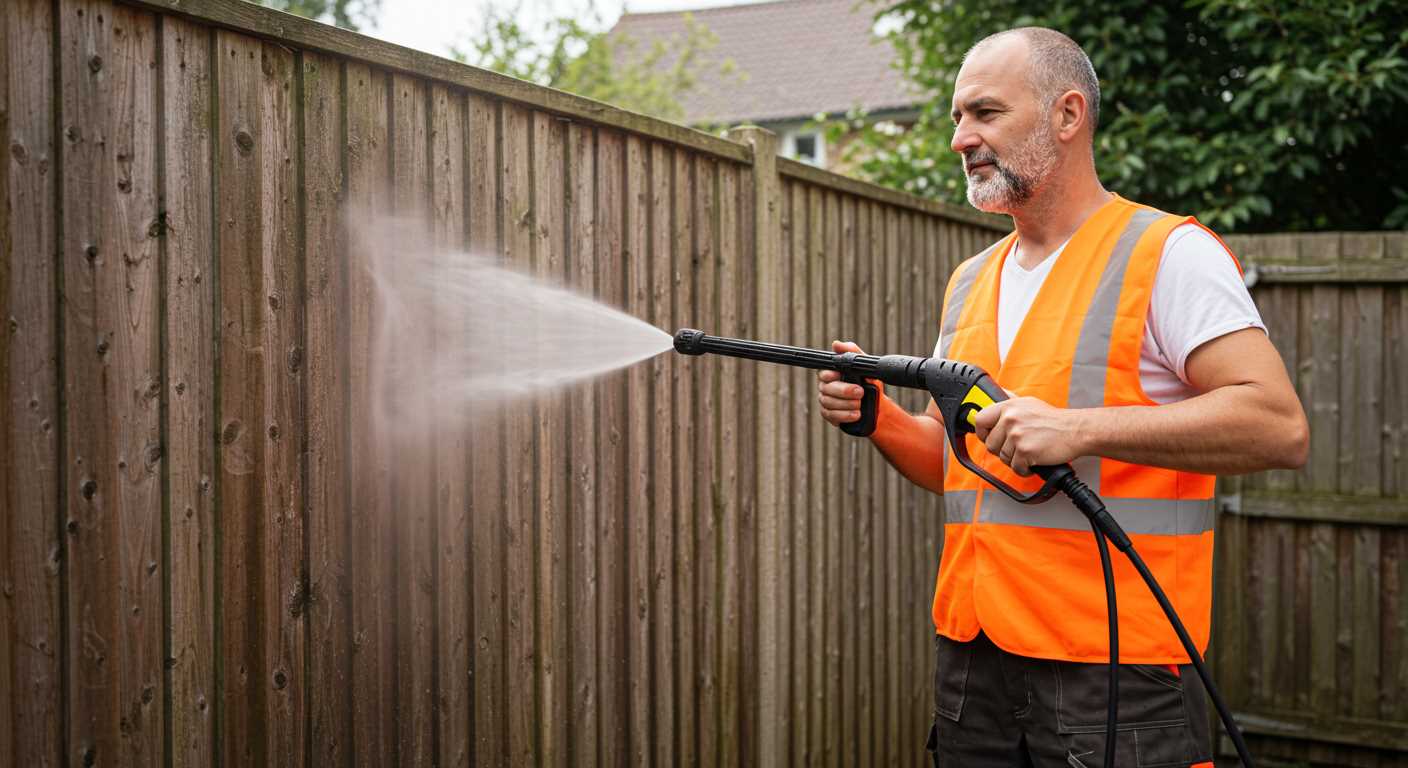
Inspect all components for wear and damage. Look for cracks in the casing or any signs of rust. A thorough examination of hoses and fittings is critical; replace those that exhibit leaks or deformation. Pay particular attention to the pump and motor seals, as these areas are prone to degradation over time.
Assessing Fuel System
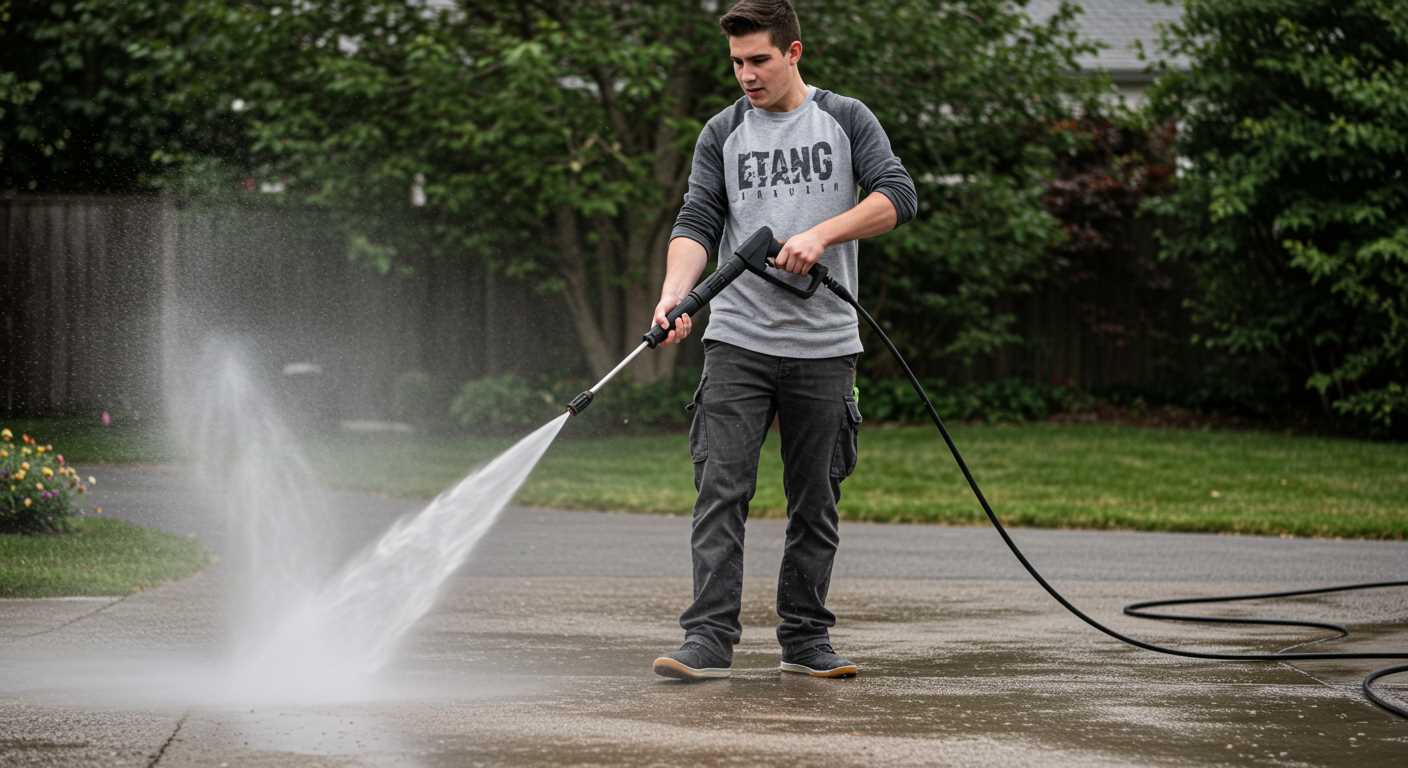
Evaluate the fuel system for potential issues. Check for leaks around the fuel lines and ensure the fuel filter is clean. If you observe any debris or contamination in the fuel tank, address it immediately to avoid complications when you start up in the spring.
Testing Electrical Elements
Examine electrical connections and switches for corrosion. Wires should be free from fraying and secured tightly. Test the electric starter, if applicable, to confirm it operates smoothly. Address any discovered faults to prevent interruptions in performance once in use.
FAQ:
What specific steps do I need to follow to winterize my Hotsy pressure washer?
To winterize your Hotsy pressure washer, follow these steps: First, disconnect the high-pressure hose and spray gun from the machine. Next, drain any remaining water from the pump and hoses to prevent freezing. After that, apply pump saver—this is a special antifreeze solution designed for pressure washers—into the pump through the inlet. Make sure to run the pump for a few seconds to distribute the antifreeze. Then, clean the water filter and remove any debris. Finally, store the pressure washer in a dry, protected environment to keep it safe from the cold. Proper winterization will help extend the life of your machine and ensure it operates well when you need it next.
Why is it important to winterize my pressure washer?
Winterizing your pressure washer is crucial because it prevents internal components from freezing and potentially cracking during colder months. If water freezes inside the pump or hoses, it can cause significant damage that may require expensive repairs or replacement. Additionally, winterization helps to keep the machine clean and ready for use when spring arrives. By taking the time to properly prepare your pressure washer for winter storage, you can save yourself time, money, and hassle in the long run, ensuring that it starts up smoothly when the weather warms up again.








